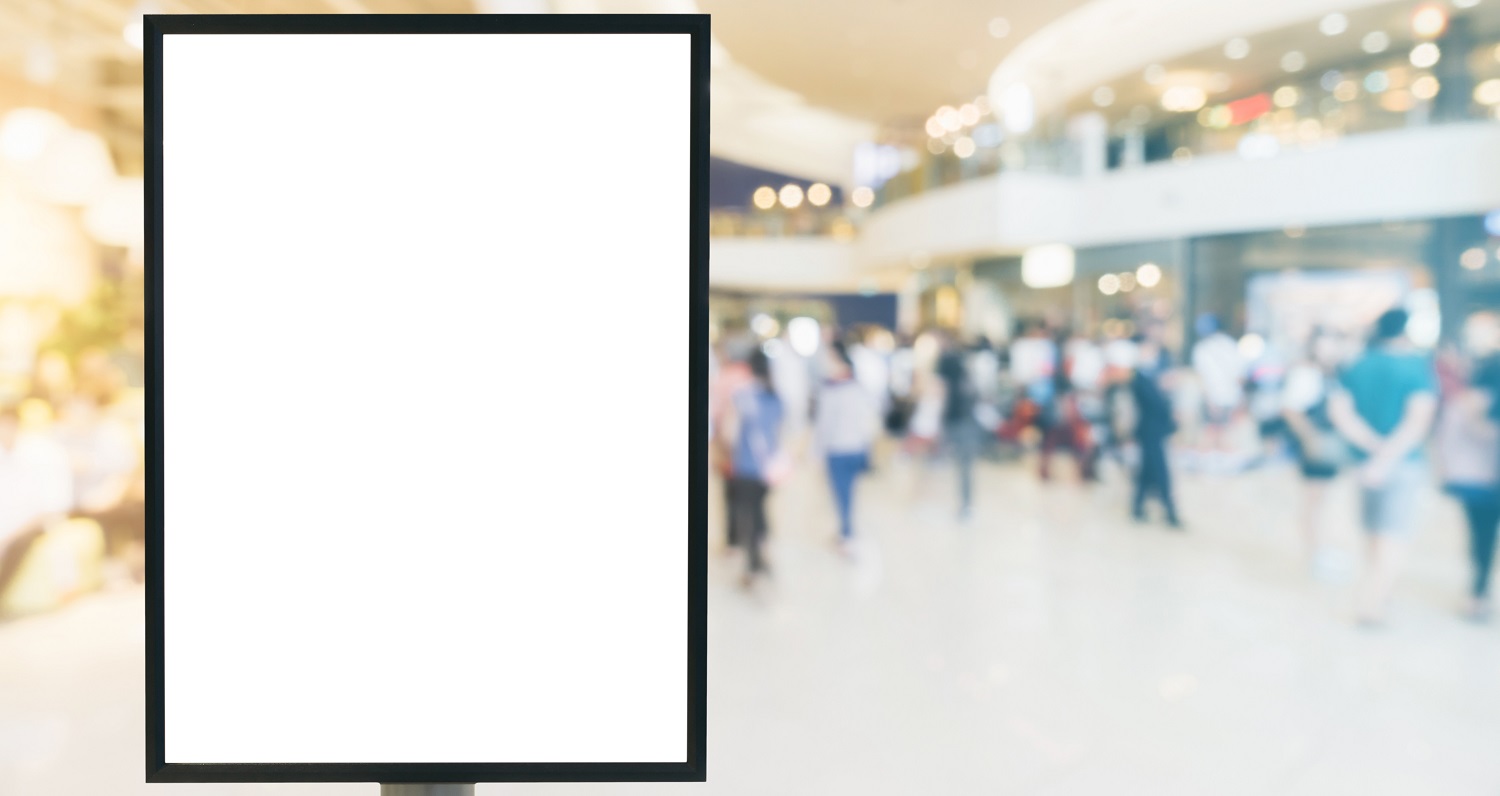When someone mentions out-of-home (OOH) advertising, what comes to mind? Your initial thought is probably a billboard alongside a busy road, which is where out-of-home began, back in the early 1800s.
Since then, however, this advertising medium has evolved into much more than a static printed large-format sign. Advances in OOH capabilities – including targeting, measurement and messaging – give brands an increased opportunity to connect with consumers.
Today, OOH refers to any advertising seen by consumers when they are outside the home and includes a multitude of both printed and digital options – park benches, gas station monitors, point-of-sale (POS) systems, transit signage on buses, taxis, trains and in airports – to communicate a brand’s message.
How has OOH evolved?
There are a number of areas where digital technology has significantly improved the effectiveness of OOH advertising including:
- Targeting
- Measurement
- Messaging
Targeting outdoor advertising

While the most common way to purchase OOH ads is still based on location, advertisers can now behaviorally target consumers who have visited a specific store or place of interest. Additional targeting strategies use web-based behaviors (like visiting certain websites) as well as TV viewing behaviors (a specific show or category of shows).
According to the Interactive Advertising Bureau, “all of these behaviors can be linked back to mobile devices, which can tell us where these individuals move while they are on-the-go.” Using this data, media units can be mapped and bought accordingly based on the target audience.
Measuring OOH ads
 OOH has generally been measured by traffic patterns. But, with the help of technology (i.e., mobile phone location and behavioral data), exposure and performance can be attributed based on users’ proximity to the ad, as well as web behavior after being in proximity to the ad.
OOH has generally been measured by traffic patterns. But, with the help of technology (i.e., mobile phone location and behavioral data), exposure and performance can be attributed based on users’ proximity to the ad, as well as web behavior after being in proximity to the ad.
Additional measurement methods include eye-tracking technology, in which sensors determine exactly where your eyes are focused when viewing an OOH ad. While not yet ubiquitous, eye tracking is just one example of the ever-expanding capabilities of OOH media.
Messaging on OOH advertisements

Traditionally, printed OOH boards have required a long lead time (to include production, shipping, installation, etc.) and a minimum of one month using the same creative message. With digital signage, messages can be easily adapted, sometimes even in real time. A retailer could change creative based on current inventory or a restaurant could switch to a delivery message if the weather is rainy or cold.
No longer are advertisers limited to one static message that blends into the landscape after a few views; there is a wealth of possibility when it comes to messaging options, all made possible by digital technology.
What does this evolution mean for your brand?
In our always-on, connected lives, we are bombarded by advertising messages, which makes it even more difficult for brands to make meaningful connections with consumers. As an advertiser, it’s crucial to reach your target audience with relevant messaging and be able to analyze the performance of your marketing campaigns.
For some businesses, a traditional billboard accomplishes the goal of being seen or driving traffic from the interstate. But for others, a more unique and creative approach is necessary. No matter which you choose, OOH advertising continues to play a solid role as part of an integrated omnichannel strategy.

